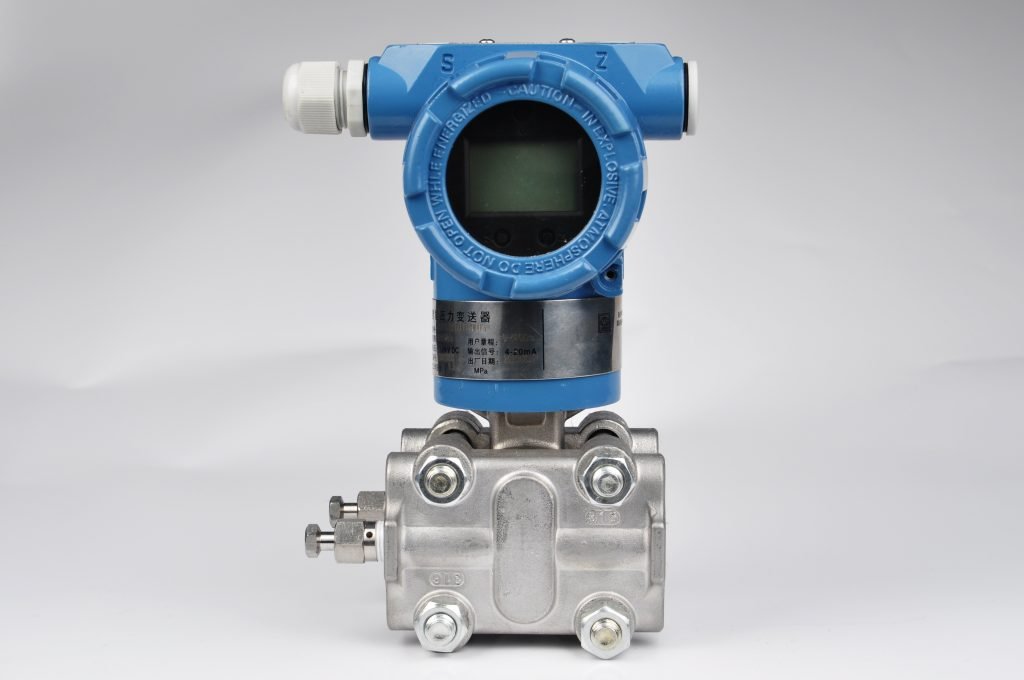Gauge Pressure Sensor (GP) is a pressure transmitter for Gauge pressure measurement. SI-3151GP Capacitive Gauge Pressure Transducers use capacitive sensing elements to measure gauge pressure.

Gauge pressure (GP) transmitters compare process pressure with local ambient air pressure. Gauge pressure transmitters have ports for a real-time sampling of ambient air pressure. There are different types of pressure measurement. Such as gauge pressure, absolute and differential pressure measurement. Among them, the gauge pressure measurement is performed using a gauge pressure transmitter. These devices are designed to measure pressure relative to ambient atmospheric pressure. The output of the gauge pressure sensor will vary depending on the atmosphere or different altitudes. Measurements above ambient pressure are expressed as positive numbers. And negative numbers indicate measurements below ambient pressure. At Sino-Inst, we offer gauge pressure transmitters for a variety of industrial applications.
Sino-Inst offers a variety of Gauge Pressure Transmitter for industrial pressure measurement. If you have any questions, please contact our sales engineers.
Features of 3151GP gauge pressure transmitter

- High-reliability micro-capacitance silicon cell
- Long Term stability: +/- 0.1% URL / 10 Years
- High accuracy, up to +/-0.04% of calibrated span (0.065% as standard)
- Versatile indicator with push-button programming
- Exceptional resistance to harsh environments
- Hart® 5.2 multi-drop communication
- Field repair possible with common spare parts
- The built-in loop calibration facility
- Large installed base
- Exia “Intrinsically safe” or Exd “Explosion proof” versions ex stock
- SIL2 (EN61508)
Specifications of 3151 gage pressure(GP) transmitter
| Model | 3151GP |
|---|---|
| Measurement span | 0-0.10~3.5kPa(0-10~350mmH2O) 0-0.8~8.0kPa(0-80~800mmH2O) 0-4.0~40kPa(0-400~4000mmH2O) 0-20~200kPa(0-2000~20000mmH2O) 0-70~700kPa(0-0.7~7kgf/cm2) 0-210~2100kPa(0-2.1~21kgf/cm2) 0-700~7000kPa(0-7.0~70kgf/cm2) 0-2.1~21MPa(0-21~210kgf/cm2) 0-4.1~41MPa(0-41~4100kgf/cm2) |
| Reference accuracy (Varies by material and measurement span) | ± 0.1%, ±0.075% |
| Fill fluid | Silicone oil (general purpose models), fluorine oil (oxygen and chlorine models) |
| Waterproof and dust-proof construction | IEC IP66/IP67 |
| Explosion-proof construction | TIIS flameproof (Exd IICT4) KOSHA flameproof FM explosion proof, intrinsic safe and Nonincendive ATEX/NEPSI/IECEx flameproof, intrinsic safe and Type n INMETRO flameproof |
| Wetted material | SUS316 (diaphragm SUS316L), Hastelloy C, Tantalum |
| Power | 17.9 to 42V DC |
| Output signal | 4 to 20 mA DC (SFN communication) 4 to 20 mA DC (HART® communication) MODBUS-485 signal |
| Process connections | Rc 1/2 or 1/2 NPT internal thread |
| Safety certification | Safety Integrity Level (SIL) 2 certification |
By selecting from a large range of materials, we are able to customize the transmitter and supply remote seals.
We temperature compensate for the whole assembly to maintain the highest level of performance.
Selecting from 316SS, Hastelloy, Monel, Tantalum, Gold, and Ceramic.
We can custom build a transmitter to our own high standards, or to your individual specifications.
To provide high flexibility, remote seals can be fitted to any of the SI series of transmitters.
For further information, please Contact us.
Gauge Pressure Sensor Applications
Pressure transmitters are used to measure level, density, and pressure of liquids, gases or vapors. And then converted to a 4-20 mA DC signal output. The SI-3151 GP intelligent pressure transmitter can communicate with the HART Communicator.
There are many types of pressure sensors, which are widely used in:
Water plants. Oil refineries. Sewage treatment plants. Building materials. Light industry. Machinery and other industrial fields.
To achieve the measurement of liquid, gas, steam pressure.
However, different pressure sensors are required for different applications.
The pressure sensor can be used to measure some mechanical physical quantities such as: Displacement. Vibration. Angular velocity and acceleration.
It is also widely used in the measurement of thermal engineering parameters such as: Pressure. Differential pressure. Liquid pressure. And content of ingredients.
Gauge Pressure Sensor working principle
What is gauge pressure?
Gauge pressure, also known as ‘relative pressure’ or ‘vented gauge pressure’. Gauge pressure is the measurement of pressure relative to atmospheric or barometric pressure.Gauge pressure sensor has the back of the sensing element open (or ‘vented’), to provide a reference to atmospheric.
More about the Difference between absolute, gage and differential pressure.
How does a gauge pressure sensor work?
Gauge Pressure Transmitter / transducer (GP) is a pressure transmitter for Gauge pressure measurement. According to the measurement principle, it can be divided into: capacitive and diffused silicon.
Capacitive pressure sensor (capacitive type pressure transducer) is a pressure sensor that uses a capacitive sensing element to convert the measured pressure into an electrical output with a certain relationship. It is characterized by low input energy, high dynamic response, small natural effects, and good environmental adaptability. It generally uses a round metal film or metal-plated film as an electrode of the capacitor. When the membrane is deformed by pressure, the capacitance formed between the membrane and the fixed electrode changes. Through the measuring circuit, the electrical signal with a certain relationship with the voltage can be output. Capacitive pressure sensor is a capacitive sensor with variable pole distance. It can be divided into single capacitive pressure sensor and differential capacitive pressure sensor.
Read more about: What is the capacitive pressure transducer?
SMT3151 TGP-Gauge Pressure Transmitter / Transducer is a diffusion silicon pressure transmitter. The working principle of the diffused silicon pressure sensor is based on the piezoresistive effect. Using the principle of piezoresistive effect, the pressure of the measured medium directly acts on the diaphragm of the sensor (stainless steel or ceramic). Make the diaphragm produce a slight displacement proportional to the pressure of the medium. To change the resistance value of the sensor. Use electronic circuits to detect this change. And convert and output a standard measurement signal corresponding to this pressure.

Gauge vs Absolute Pressure Sensor
In terms of pressure type, pressure sensors can be divided into gauge pressure, absolute pressure, and negative pressure.
Absolute pressure: Absolute pressure for short, is the pressure calculated from the absolute zero pressure or the vacuum starting point.
Gage pressure: refers to the pressure calculated from the atmospheric pressure of a specific place at a specific time as a starting point. Atmospheric pressure at the same location will change slightly.
Vacuum: When the measured absolute pressure is less than atmospheric pressure, the difference between the measured absolute pressure and absolute vacuum.
Negative pressure: when the measured absolute pressure is less than atmospheric pressure, the difference between the current atmospheric pressure and the measured absolute pressure, referred to as negative pressure.
The formula for the relationship between absolute pressure, gauge pressure, and atmospheric pressure: absolute pressure = gauge pressure + atmospheric pressure.
Therefore, when selecting a pressure sensor, it is generally necessary to clearly indicate the pressure type of the pressure sensor,
Gauge vs Absolute Pressure Sensor
- Gauge pressure and absolute pressure are based on different measurement reference points. The reference point for gauge pressure measurement is the local atmospheric pressure. Absolute pressure is the absolute vacuum zero. Absolute pressure sensors cannot replace gauge pressure sensors.
- In layman’s terms. When your measured object uses atmospheric pressure as the reference point, and only has the inflation action, select the gauge pressure type. When your measured object takes absolute vacuum zero as the reference point, and there are inflation and inhalation actions, it is often the absolute pressure type.
- The two principles of gauge pressure and absolute pressure sensor are different! Cannot be used instead!
Technical Support
Sino-Instrument Gauge Pressure Transmitters, made in China, are high-performance cost-effective devices, used where long term accuracy and reliability is a priority.
SI-3151GP Advanced Transmitter Gauge Pressure Transmitters, are used to measure the pressure of gases, liquids, and steam, as well as to measure tank pressure and fluid levels.
Sino-Instrument 1151 Gauge Pressure Transmitters are high-performance cost effective devices used, where long term accuracy and reliability is a priority.
We also offer Gauge Pressure Transmitter SMT3151 TGP, for the process, oil and gas industry.
Request a Quote
More Featured Products:
-
Oem smart Pressure Transducer pressure sensor
-
Silicon Pressure Transmitter
-
Oem smart Pressure Transducer pressure sensor
-
Explosion-proof electronic pressure transmitter
-
SMT3151 Diaphragm Seal Pressure transmitter
-
Submersible level transmitter
-
static pressure transmitter
-
smt3151gp-ap-pressure-absolute-pressure
-
high temperature transmitter
-
SMT3151 TGP -stainless steel sensor process, oil and gas industry
-
3151 dp transmitters manufacturer
-
SMT3151 differential pressure level transmitter

Wu Peng, born in 1980, is a highly respected and accomplished male engineer with extensive experience in the field of automation. With over 20 years of industry experience, Wu has made significant contributions to both academia and engineering projects.
Throughout his career, Wu Peng has participated in numerous national and international engineering projects. Some of his most notable projects include the development of an intelligent control system for oil refineries, the design of a cutting-edge distributed control system for petrochemical plants, and the optimization of control algorithms for natural gas pipelines.


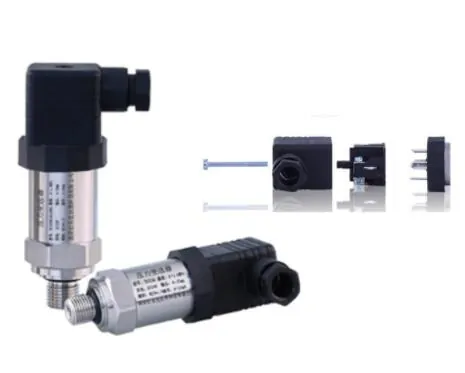
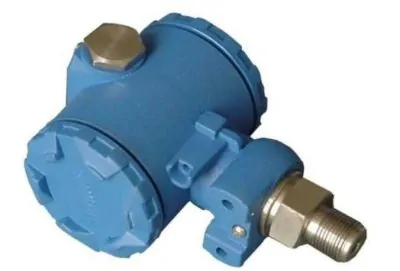
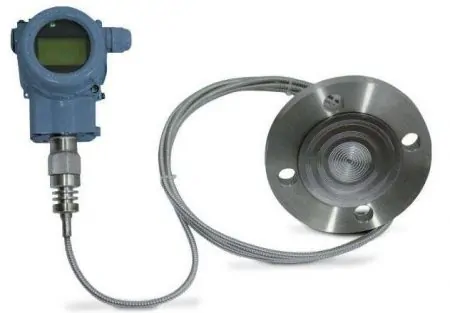
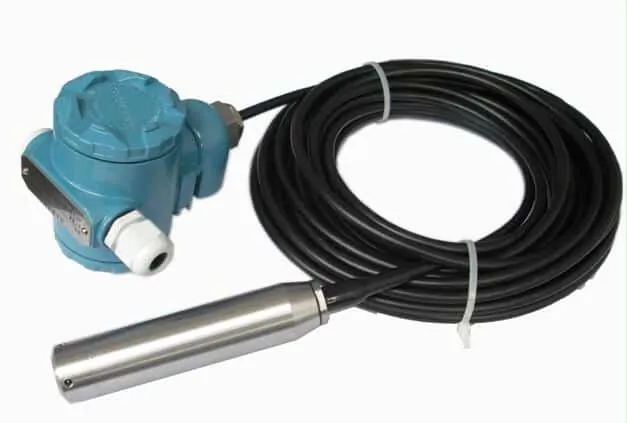
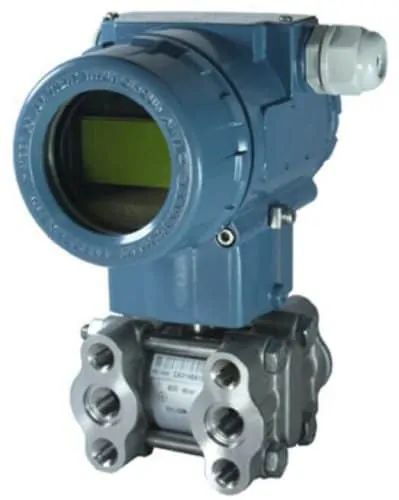
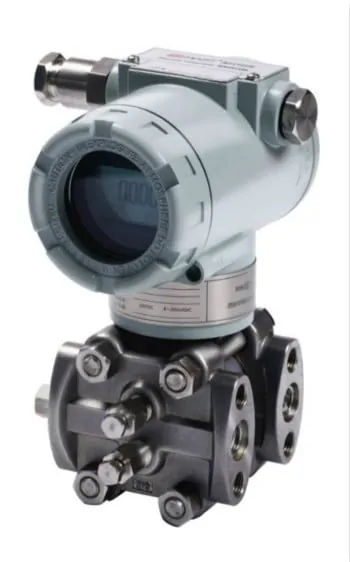
 high temperature transmitter
high temperature transmitter

